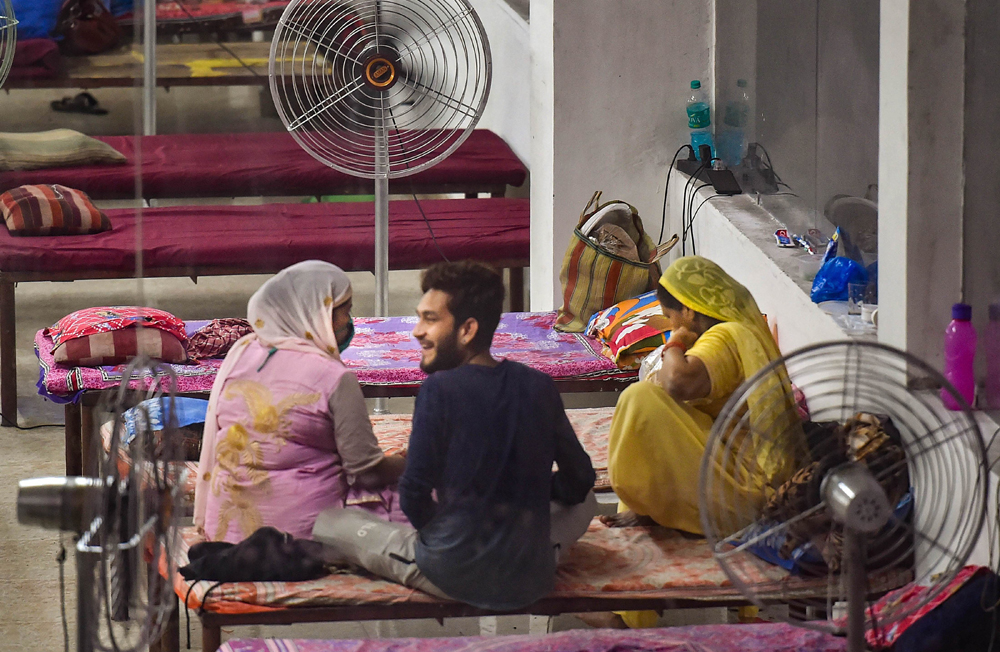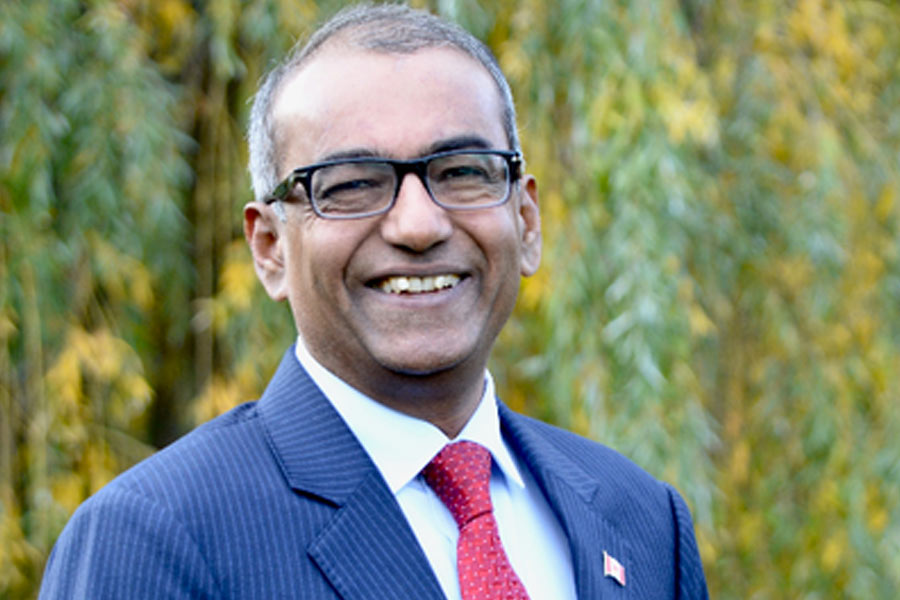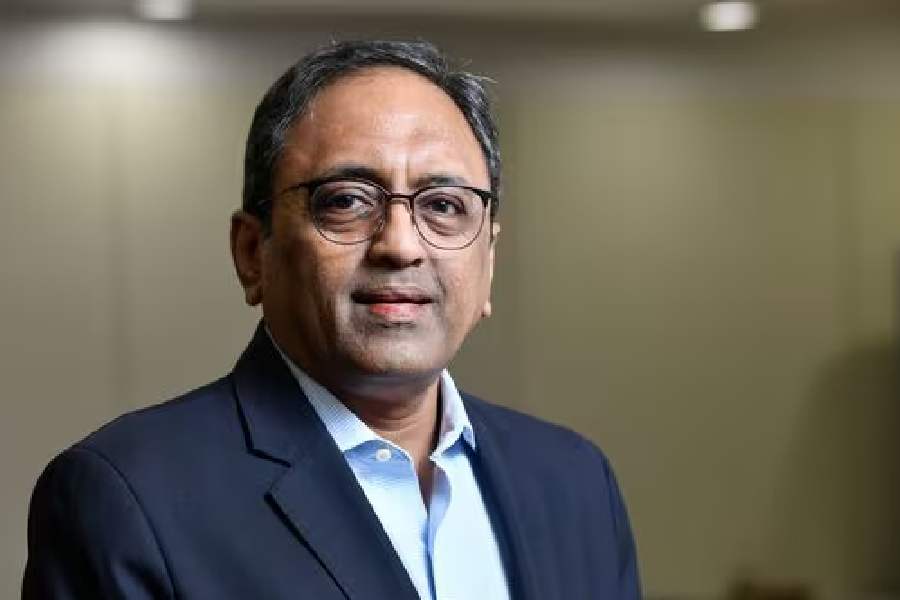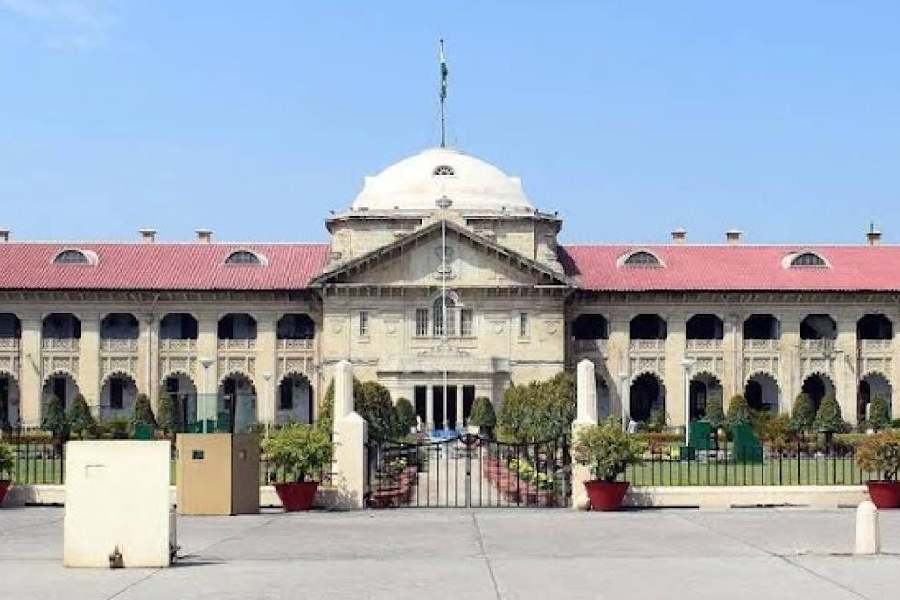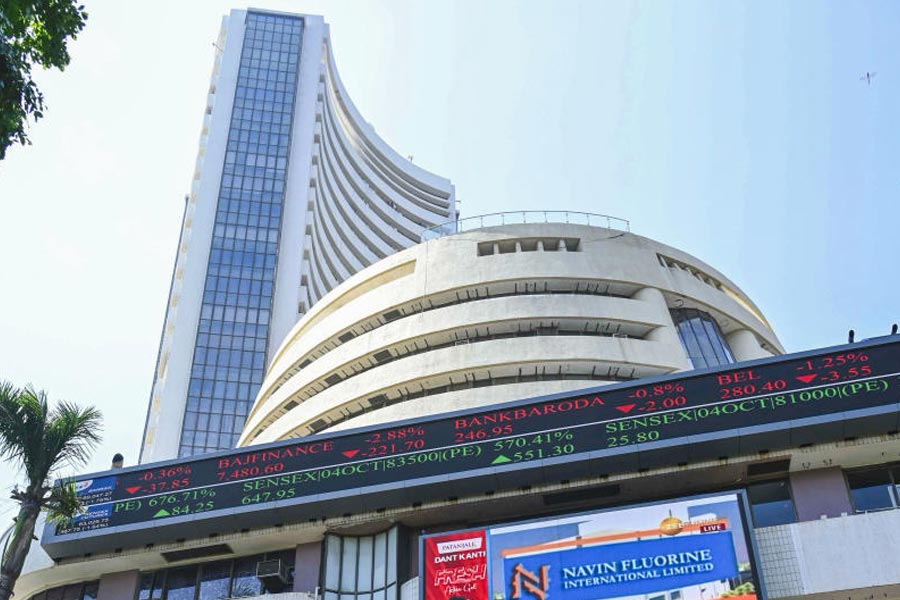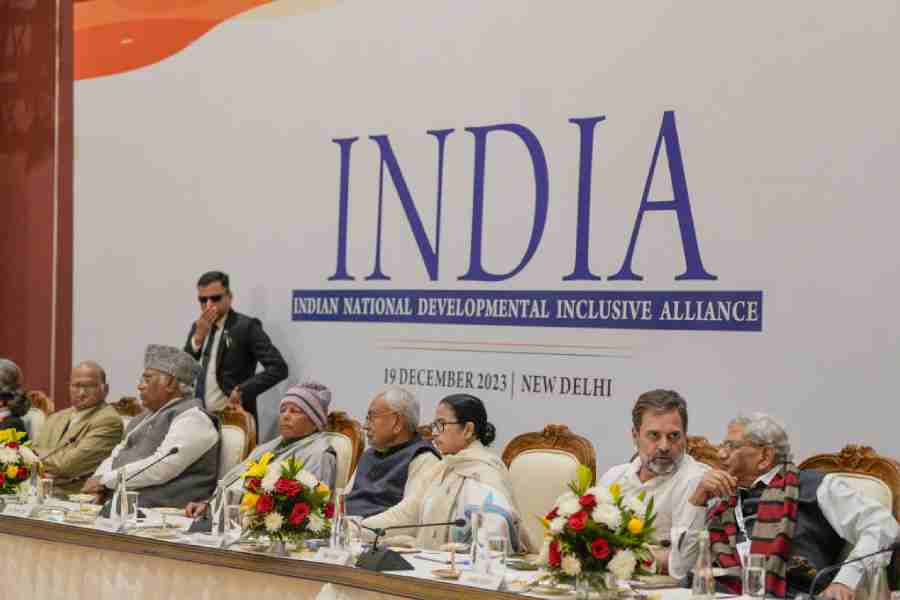The Bengal government on Thursday said its audit committee that decided which Covid-19 patients were killed by the coronavirus and who died of concurrent diseases would no longer examine all the deaths but only a few through random sampling.
“They (the committee) are saying that ‘After this, we’ll carry out random picking of samples from various places and, on the basis of the random sampling, seek the death details from the hospitals, and whenever new findings emerge we will inform (the government)’,” state chief secretary Rajiva Sinha said.
“Accordingly, the health department will get recommendations from the committee.”
The announcement came after weeks of Opposition criticism of the committee’s rationale and a day after chief minister Mamata Banerjee, also the health minister, declared she knew little about the panel and its formation.
She said neither she nor junior health minister Chandrima Bhattacharya were medical experts and that the committee had been set up by health department officials.
The committee, formed on April 3, had come under the Centre’s scanner last week, with a touring inter-ministerial team repeatedly questioning the state on the panel and its purpose and airing dissatisfaction at the responses.
Sinha, an eager defender of the committee at news conferences, on Thursday said the panel’s real purpose was to understand through its death investigations the various aspects of an infection that the government, like others, had little knowledge of.
He said the panel would no longer probe every death of a Covid-19 patient because it felt it had largely achieved its objective.
“Now they think that from their research... much of it is clear. If clear, direct instructions are issued (without the committee’s intervention), then the exercise could be a lot more organised,” Sinha said.
He revealed the committee had examined the deaths of 105 Covid-19 patients and found the novel coronavirus had directly caused only 33 of them. In the 72 other cases, the patients’ being “Covid-19-positive was incidental”.
Last week, Sinha had said that many of the deaths had been caused by comorbidities such as cardiomyopathy with chronic kidney disease, renal failure, cerebrovascular accidents, acute lymphoblastic leukaemia, left ventricular failure with severe hypertension, and multi-organ failure in type II diabetes and hypertension.
The five-member committee is headed by senior physician B.R. Satpathi, adviser to the state health department, and includes doctors Plaban Mukherjee, Ashutosh Ghosh, Jyotirmoy Pal and Debashis Bhattacharyya.
Bhattacharyya, the director of medical education, is the convener of the committee.
Sinha told journalists he had “a very interesting thing that I want to share with you” — a report he had received from the audit committee.
'This report is dated today. It was received by the health secretary (Vivek Kumar) after which it was sent from the health department to me,” he said.
“This committee — there was a big need for it... to understand well the treatment protocol, the symptoms, how fast they are changing, preliminary symptoms, when there is aggravation (of symptoms) how many days does that take, which direction does that take... if death happens, then how many days it takes for death from aggravated symptoms.... Such various issues this committee meticulously looked into, analysed, researched and then gave us a report.”
He said the committee had identified various loopholes in the way medical records were being maintained and provided several recommendations.
Examples:
* The 105 death certificates the panel saw did not follow a uniform format. Norms prescribed by the World Health Organization and the Indian Council of Medical Research say the death certificate must mention the immediate, antecedent and underlying causes of death.
* The interval of time between the presumed onset of the medical condition and that of death must be recorded in the case history.
* The patient’s medical history, comorbidities and all the interventions undergone must be mentioned.
* Often the patient’s bed ticket did not have the investigation reports, and the committee had to contact the hospital to get the information.
Sinha said the recommendations would help the government “a great deal”.
“The main purpose (of the committee) was to understand the whole thing well — which areas need more medical attention, how to investigate patients,” he said.
“The government’s objective is not to issue death certificates but to avoid deaths.... For that, if we had the gyan, buddhi, bibek (knowledge, intelligence, judgement), like in the case of malaria or a stroke — which we didn't have, that is why now they have given (the report).”
Sinha added: “If everything is done well, then — (if there’s no) acute comorbidity, acute infection, last-minute reporting — we hope that... our quality of treatment will improve exponentially.”

